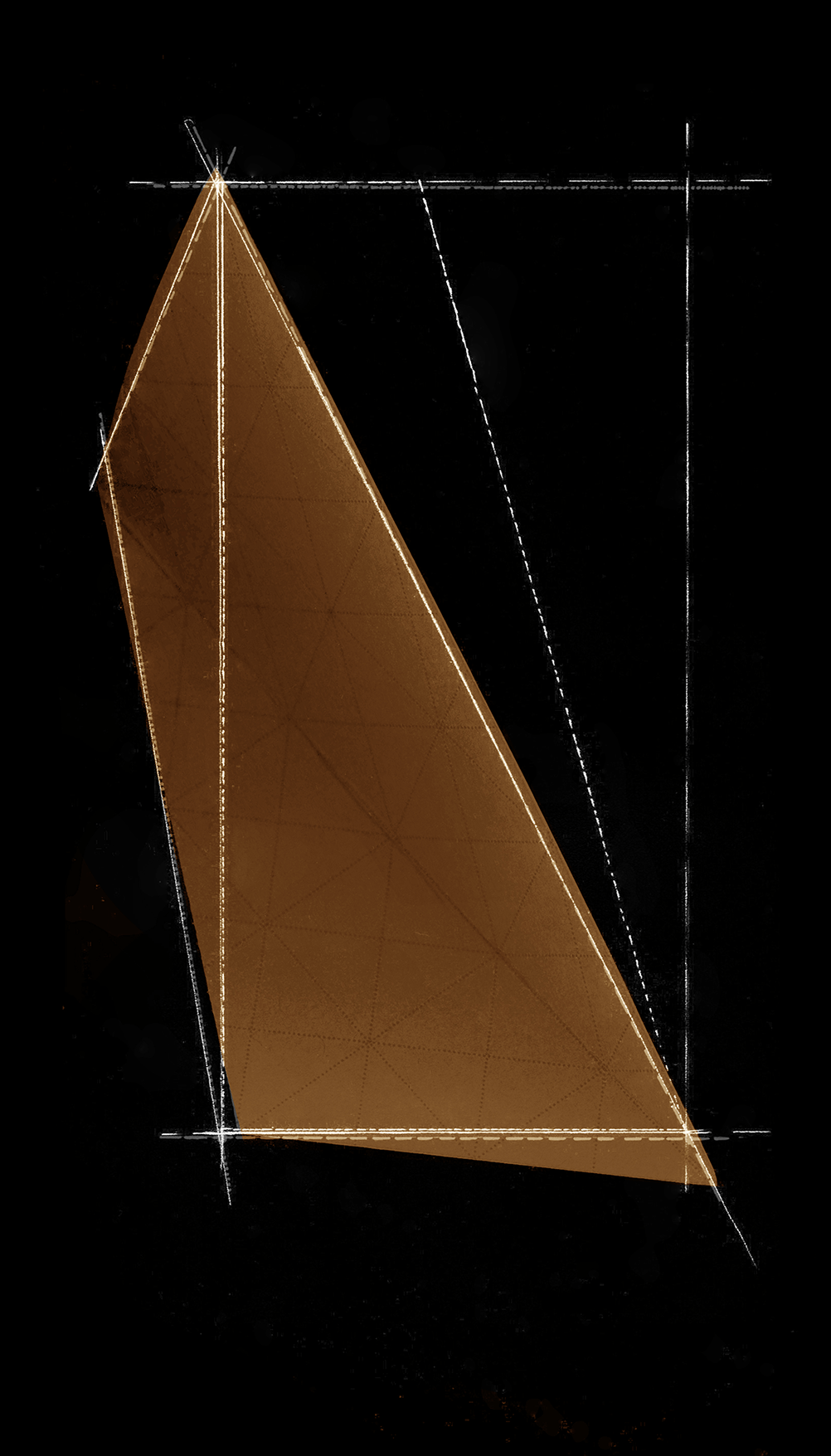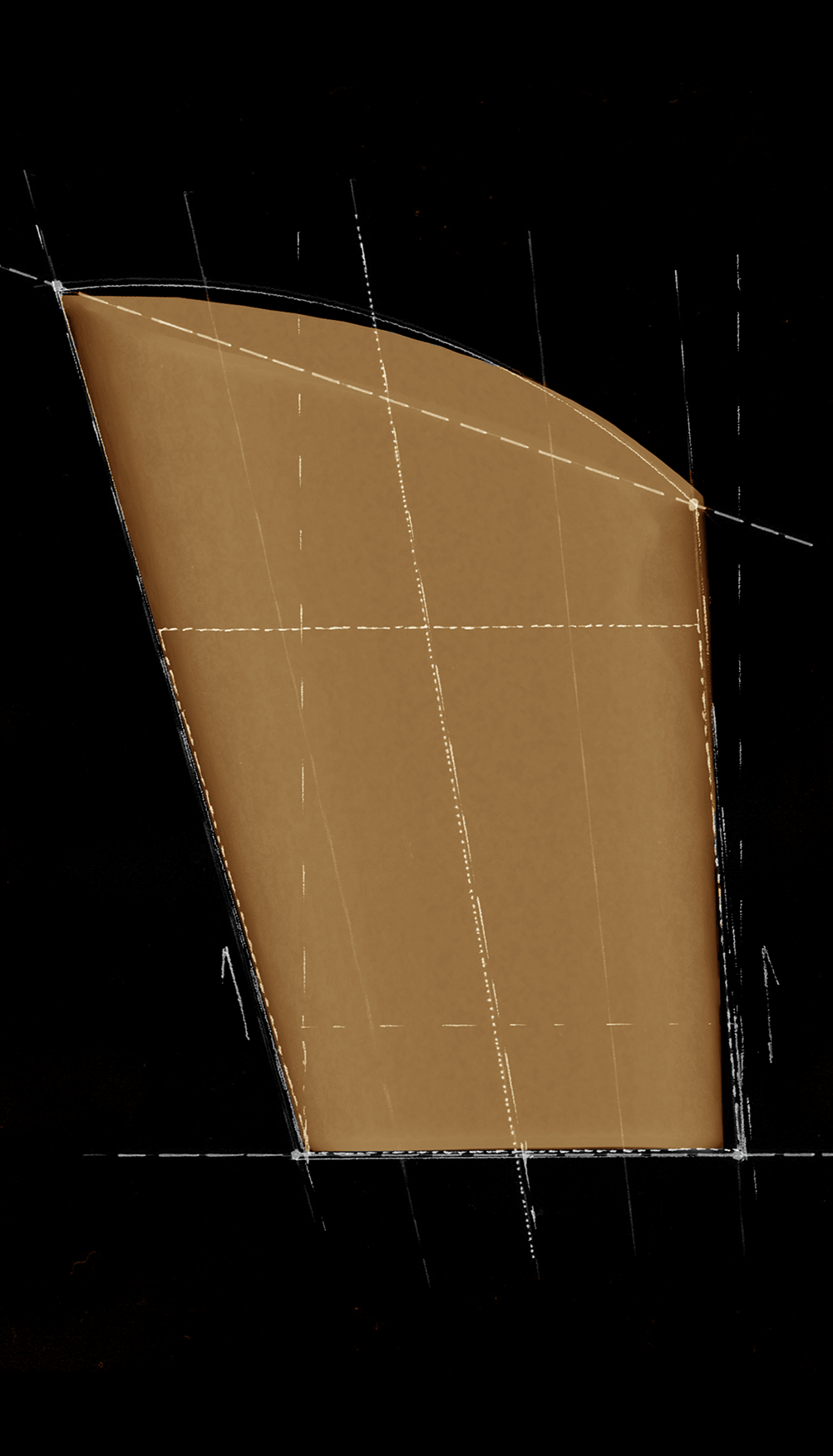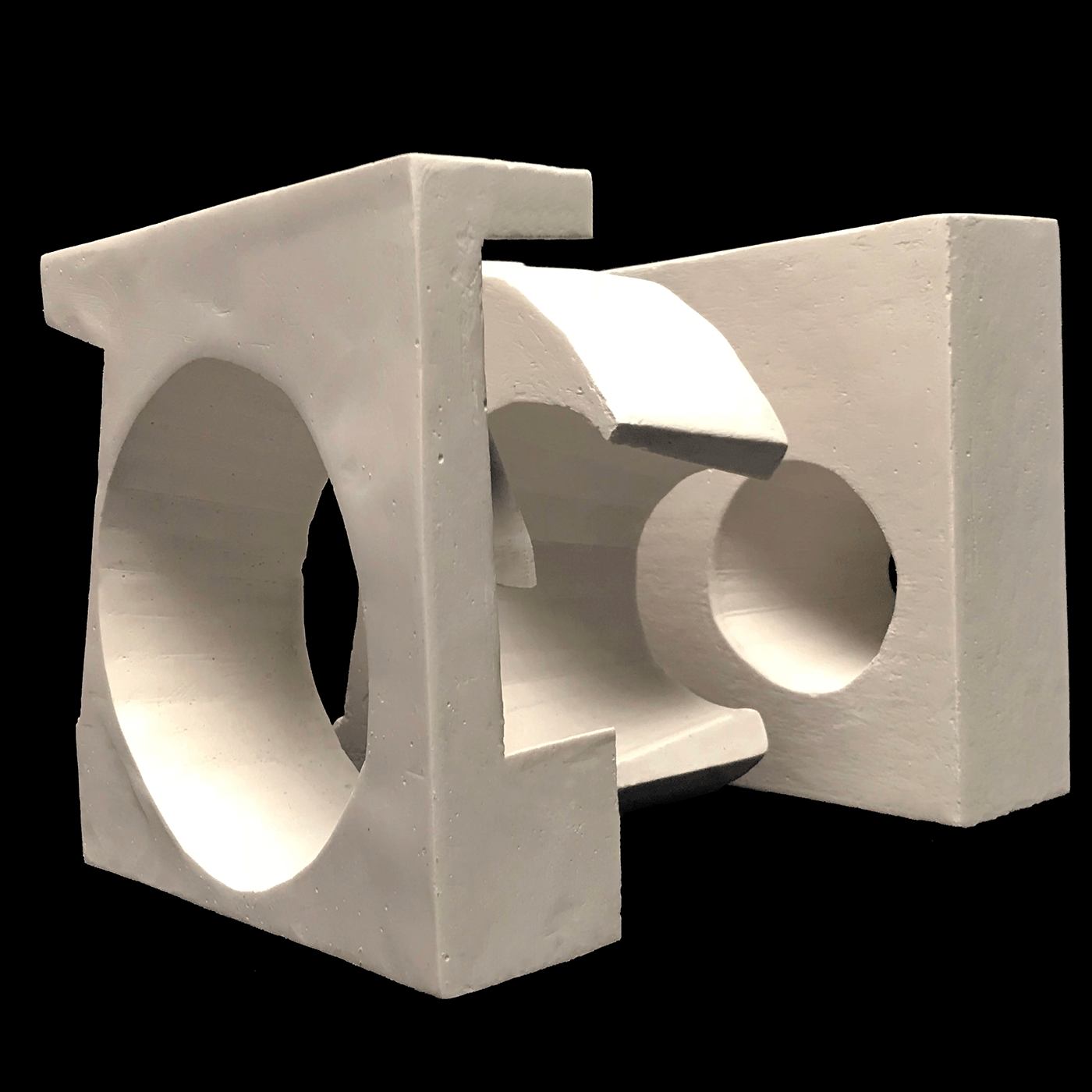
This project began with three paper models that were defined by verbs given by Richard Serra’s Verb List. These paper models were dynamically altered to enhance their spatial continuities and inherent capabilities to define space. The cube gave order to and organized the three verbs within itself to exhibit a final spatial continuity. Transformed into a plaster cube that inverted the positive and negative spaces, the final form developed a continual flow of space while not compromising definition and hierarchies. After multiple iterations and organizations of space using the original three paper model verbs of lift, grade, and inscribe, the spatial concept was initiated into the cube. However, when brought into a cubic constrain, the previously defined shapes merged and began to define spaces and continuity of space within themselves. The non- cubic hierarchical system allowed for expansive and powerful spaces that were ordered through a system of axes and directions.

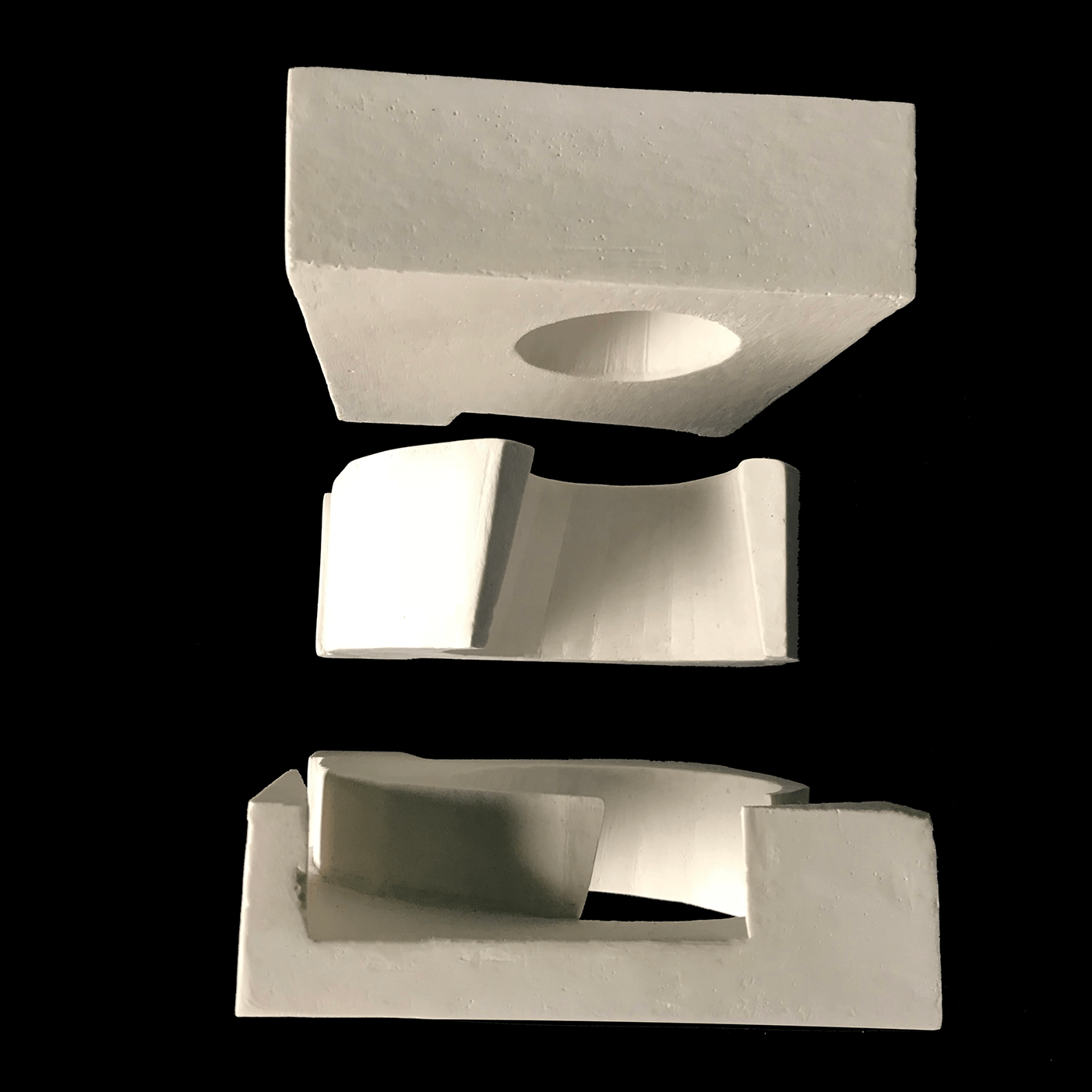
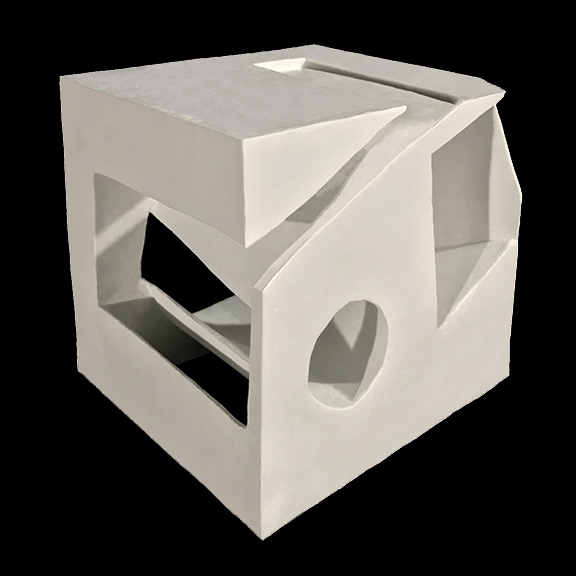
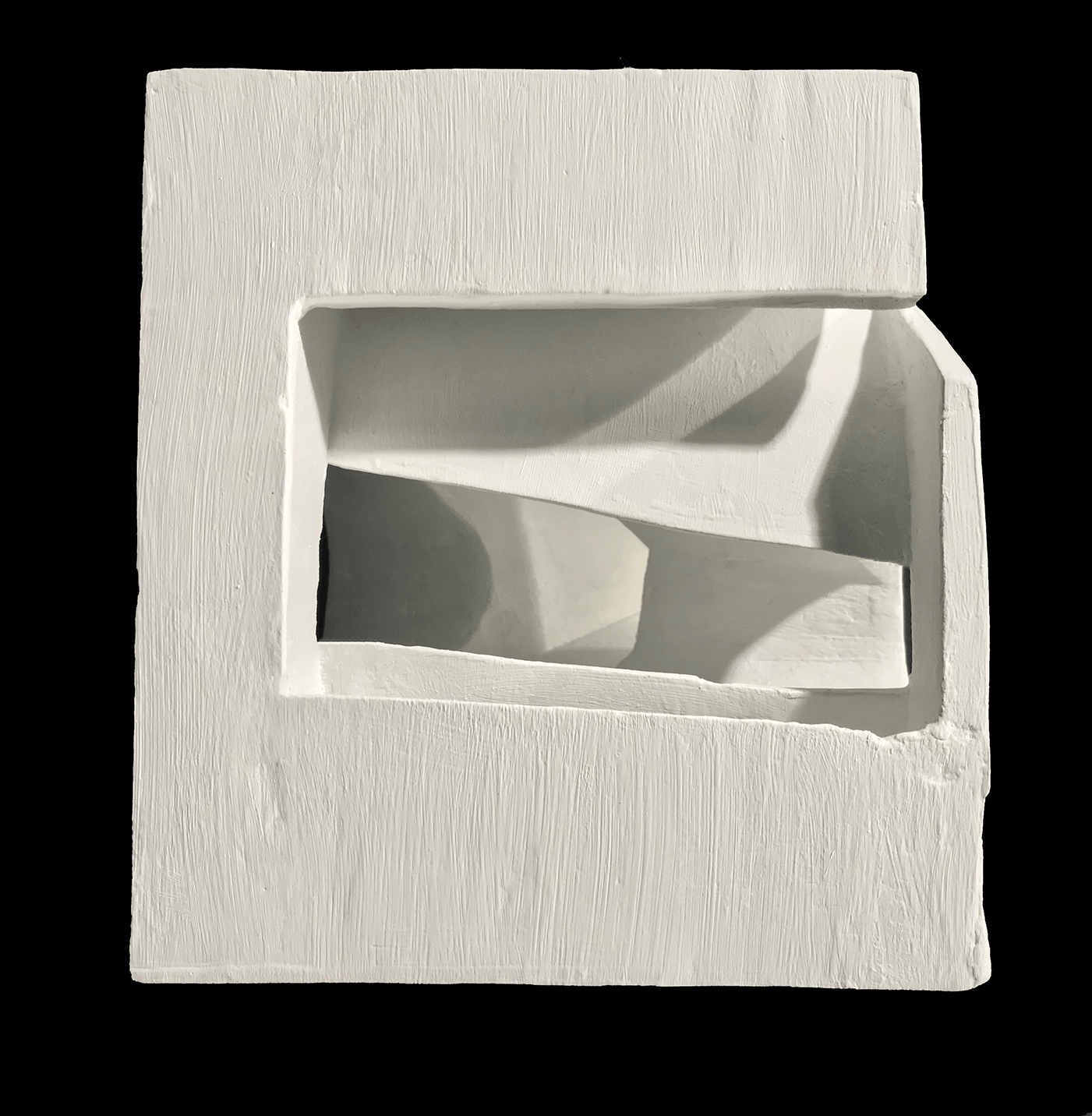
The action verbs used in this model are inscribe, lift, and grade. The model is primarily defined by the inscribe figure, which envelopes both the lift and the grade objects per its action lines. The irregular conical lift figure, accordingly, has an oblong plan which corresponds to the inscribe Bézier curved action line and creates an angled axis. This axis is intersected by the graded space, allowing vertical hierarchy and order while not compromising horizontal connection and interaction. After countless iterations of the original three verbs, the positive forms were developed to create a sense of overall connection with action lines and axes while iterations of the negative forms were developed to initiate and further enhance spatial continuity throughout the model.
